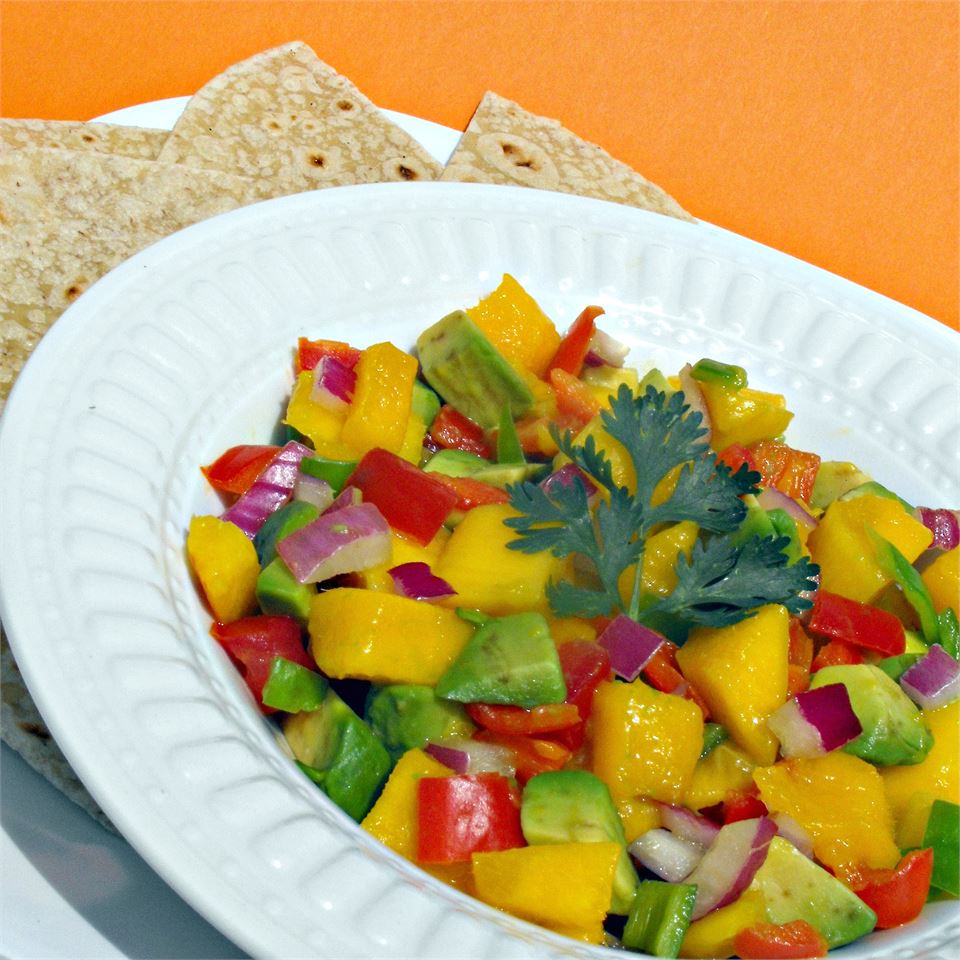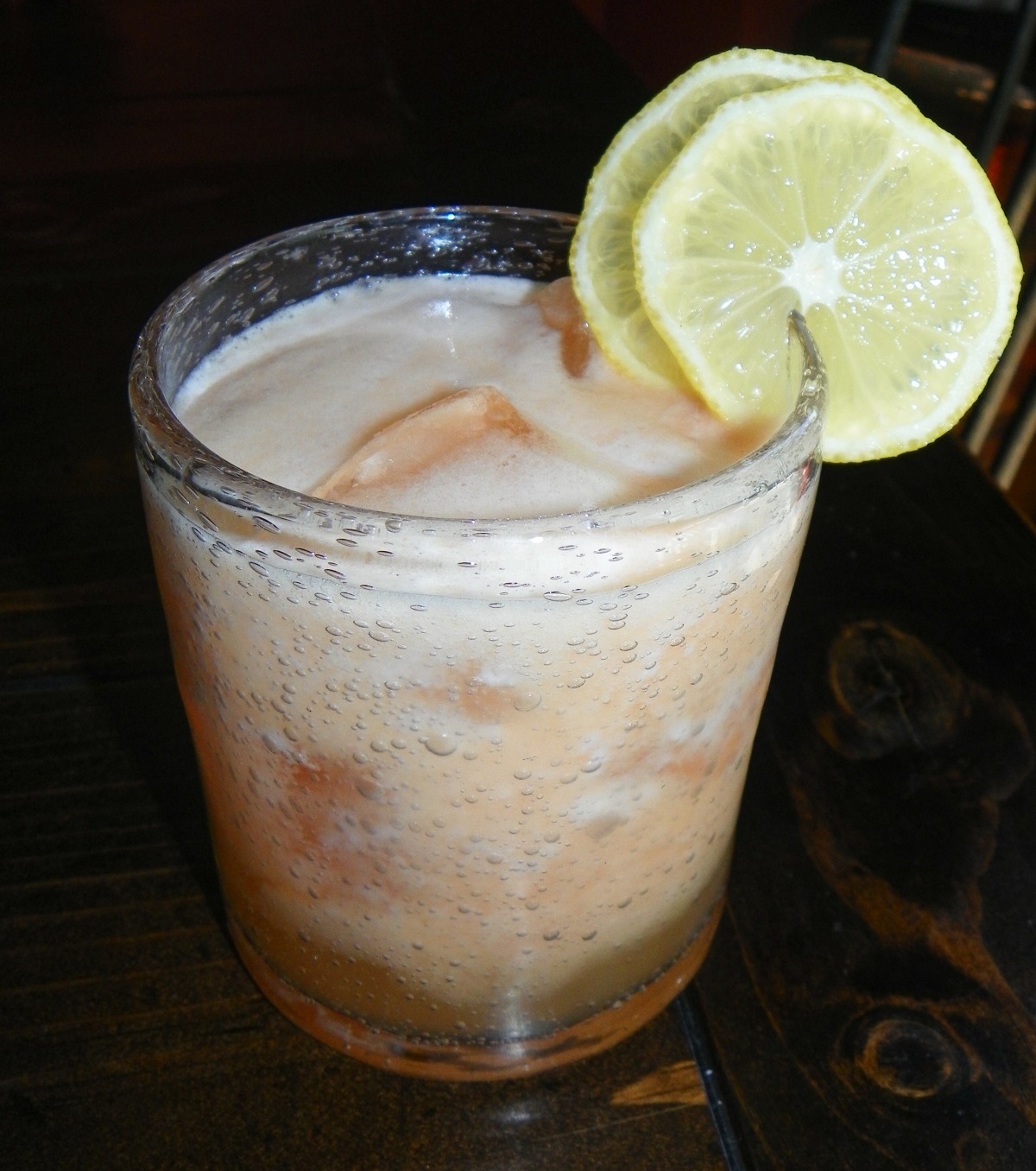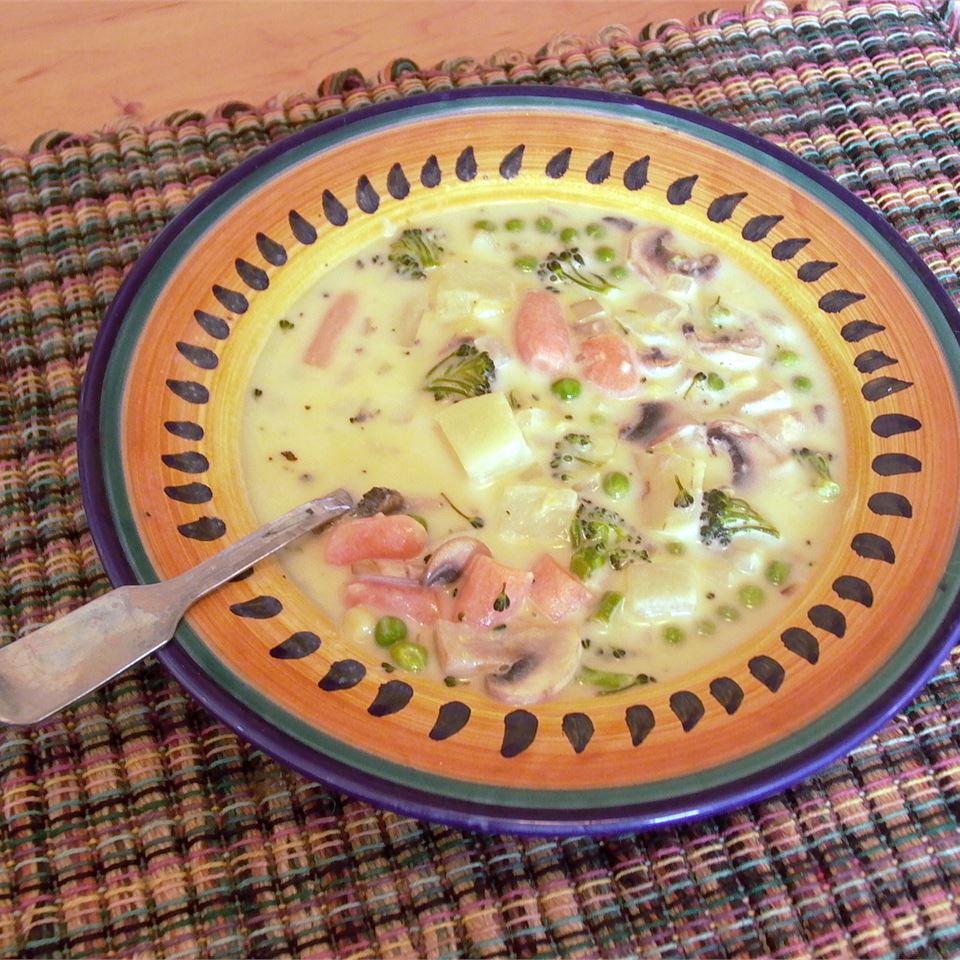Embark on a culinary journey into the realm of phyllo dough, a versatile pastry that has captivated taste buds for centuries. Originating in the kitchens of the Middle East and Mediterranean, phyllo dough has woven its way into the culinary tapestry of many cultures, forming the delicate layers of beloved dishes like baklava, spanakopita, and börek. With an illustrious history and diverse applications, phyllo dough offers boundless opportunities for creativity in the kitchen. Explore the intricacies of creating your own phyllo dough from scratch, or discover the convenience of store-bought options. Delve into an array of tantalizing recipes curated to showcase the versatility of phyllo dough. Delight in the flaky layers of spanakopita, bursting with spinach, feta, and herbs. Craft crispy triangles of börek, filled with savory meats, vegetables, or cheeses. Experience the sweet indulgence of baklava, where layers of phyllo dough are drenched in honey syrup and studded with nuts. Unlock the secrets of creating these culinary treasures and elevate your next meal to an unforgettable experience.
Here are our top 3 tried and tested recipes!
HOMEMADE PHYLLO (OR FILO) DOUGH

I'm no expert at making phyllo dough, but the good news is, despite that, I still managed to achieve some fairly excellent results, and suspect you will as well. And it's way more fun than buying it frozen from the store.
Provided by Chef John
Categories World Cuisine Recipes European Greek
Time 2h30m
Yield 8
Number Of Ingredients 7
Steps:
- Place 2 cups flour in a mixing bowl; make a well in the center. Drizzle in olive oil and add salt; add white wine vinegar and warm water. Mix until dough just comes together and pulls away from the sides of the bowl, 1 or 2 minutes. Transfer dough ball to a lightly floured work surface.
- Knead until dough is smooth, using just enough flour to keep it from sticking to the work surface or your hands, 2 or 3 minutes. Continue to knead until dough is supple and elastic, about 5 more minutes. Wrap dough ball in plastic wrap and let rest at room temperature, 1 to 2 hours.
- Divide dough into 20 (20 gram) portions using a kitchen scale; roll each portion into a ball. Place on plate and cover with plastic wrap to prevent dough balls from drying out while you begin to roll them out. Work in batches of 5.
- Mix cornstarch and 2 tablespoons flour together in a bowl. Dust a work surface and the first dough ball with the cornstarch mixture. Flatten out the dough ball and roll out into a circle, about 5 inches in diameter. Dust again with cornstarch mixture. Set circle to one side. Roll out 4 more dough balls to about the same diameter and stack them on the first one, dusting each layer with more of the cornstarch mixture to keep them from sticking together.
- When you have 5 circles, roll out the stack to a larger circle about double in size, turning as you go to maintain a round shape. Separate each layer and lay out the circles. Re-apply more cornstarch mixture where needed and restack them. Roll again until the 5-layer stack is paper thin, about 10 to 12 inches in diameter. Place on a sheet of parchment paper; top with another piece of parchment. Gently roll up the dough; wrap in plastic wrap. Refrigerate.
- Repeat with the remaining 15 balls of dough in batches of 5.
Nutrition Facts : Calories 177.6 calories, Carbohydrate 32.6 g, Fat 3.3 g, Fiber 1 g, Protein 3.5 g, SaturatedFat 0.5 g, Sodium 147.6 mg, Sugar 0.1 g
BASIC PHYLLO DOUGH

It seems scary at first, making your own phyllo dough. But with this recipe, we learn that although phyllo means leaf, that leaf need not be the paper-thin kind we're used to seeing in Middle Eastern pastry. A Greek chef, Diane Kochilas, gives the lesson here, and she's not overly careful of the dough, she patches holes where needed and she uses a good amount of olive oil. It's delicious.
Provided by Mark Bittman
Categories breakfast, brunch, dinner, lunch, dessert, main course
Time 1h20m
Yield 1 pie, 8 to 12 servings
Number Of Ingredients 5
Steps:
- In the bowl of a mixer fitted with a dough hook, combine 3 1/4 cups of the flour and salt. Add the water, olive oil and vinegar or lemon juice. Mix on low speed for 3 minutes, then increase speed to medium. Knead with the hook, stopping the mixer to add additional flour in 1/4-cup increments as needed, until the dough is very smooth and pliant. The whole mixing process should take about 10 to 12 minutes.
- Transfer the dough to an oiled bowl. Cover tightly with plastic wrap, and let stand for 1 hour at room temperature. You can store the dough, well wrapped, in the refrigerator for several days or in the freezer for up to two weeks. Bring to room temperature before using. (If it's frozen, first defrost in the refrigerator.)
Nutrition Facts : @context http, Calories 336, UnsaturatedFat 9 grams, Carbohydrate 49 grams, Fat 12 grams, Fiber 3 grams, Protein 8 grams, SaturatedFat 2 grams, Sodium 235 milligrams
BASIC RECIPE FOR PHYLLO DOUGH

Phyllo dough is easier bought, but for the adventurous, here is a Flemmish recipe for making your own dough!
Provided by Taylor in Belgium
Categories Breads
Time 30m
Yield 9 sheets (12x12inch)
Number Of Ingredients 4
Steps:
- Sift the flour with the salt.
- Make a well in the middle of the flour.
- In the well put the water and the olive oil.
- Work the dough until it hangs well together.
- Dust flour on a table or board.
- Knead the dough for about 5-7 minutes.
- The dough should be smooth and not stick to the board.
- Roll the dough out to a big rectangle.
- Lay a damp towel over it and let it rest for about 15 minutes.
- Flour your hands and work the dough from the middle outwards until you have the dough stretched to about 3 ft by 3 ft (1meter x 1meter)If work table is not big enough to roll out a 3 ft. by 3 ft. dough, divide the dough into 9 (divide into 3, then divide each third into 3 more) and roll out each portion into 1 ft. by 1 ft. sheet. Cut the dough with a sharp knife or pizza cutter to the desired sheet size.
- Continue with the recipe that requires the phyllo dough.
Nutrition Facts : Calories 103.6, Fat 6.1, SaturatedFat 0.8, Sodium 65.1, Carbohydrate 10.6, Fiber 0.4, Protein 1.4
Tips:
- Use a sharp knife to cut the phyllo dough sheets. This will help to prevent them from tearing.
- Work quickly with the phyllo dough sheets. They can dry out quickly, so it is important to keep them covered with a damp cloth or plastic wrap.
- If the phyllo dough sheets become too dry, you can lightly spray them with water.
- Be careful not to overfill the phyllo dough pastries. This can cause them to burst open during baking.
- Bake the phyllo dough pastries at a high temperature. This will help to create a crispy, flaky crust.
Conclusion:
Phyllo dough is a versatile ingredient that can be used to make a variety of delicious pastries. With a little practice, you can easily master the art of working with phyllo dough and create impressive dishes that will wow your friends and family. So next time you're looking for a new and exciting way to use phyllo dough, be sure to give one of these recipes a try!
Are you curently on diet or you just want to control your food's nutritions, ingredients? We will help you find recipes by cooking method, nutrition, ingredients...
Check it out »
You'll also love








